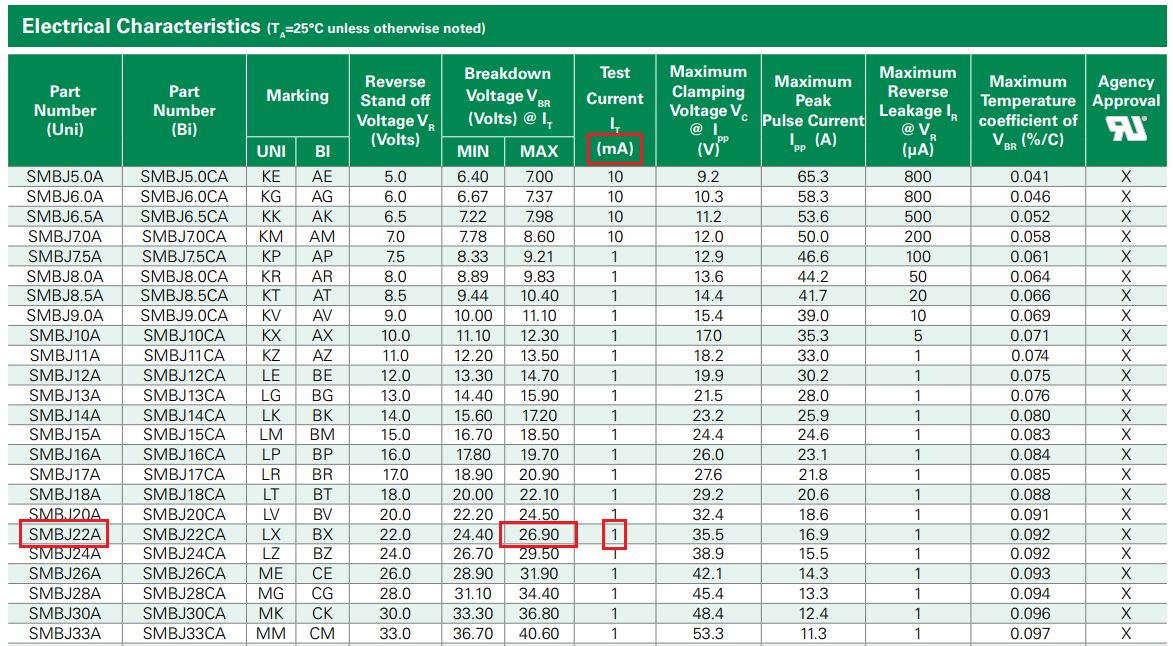Other Parts Discussed in Thread: LM7705
In roughly 10 out of 10000 units where we use INA199, it occured that the resistor connected to IN- (0603 type) is overheating.
INA199 has on its inputs R3 and R4 resistors of 20k each, so in theory it shouldn't allow for large current flows through R20 and R23 (input voltage is 14V, so it should be limited to 0.35mA).
What can be the possible reason and solution?
Attached the schematic.
Thank you.INA199_app.pdf




